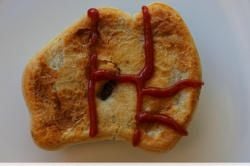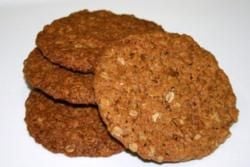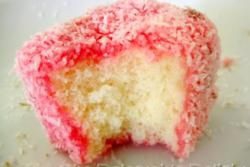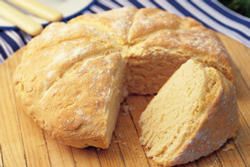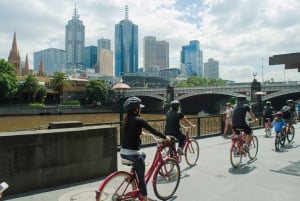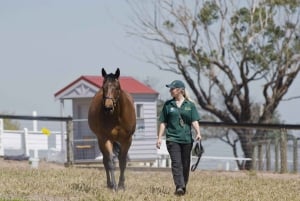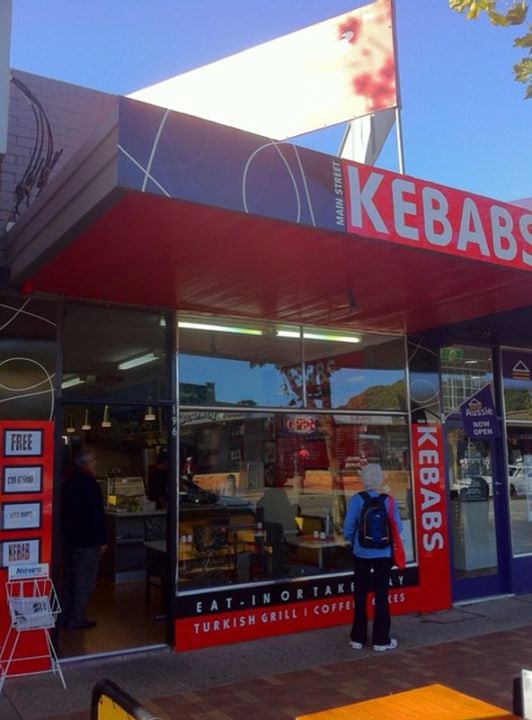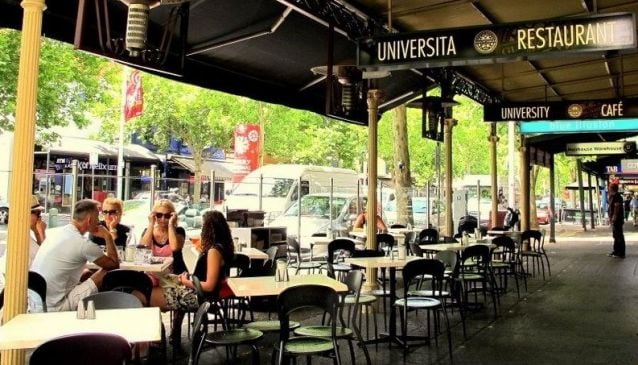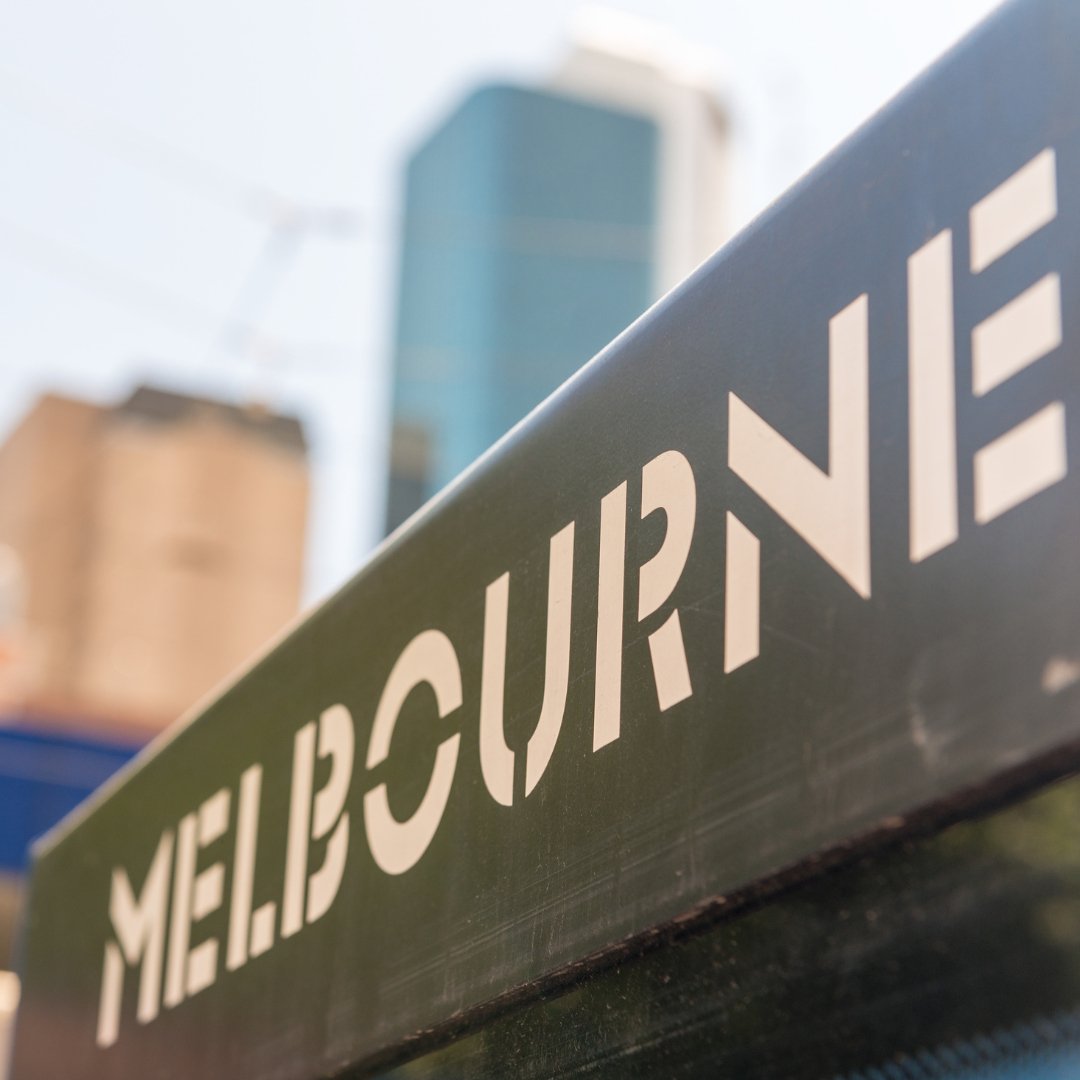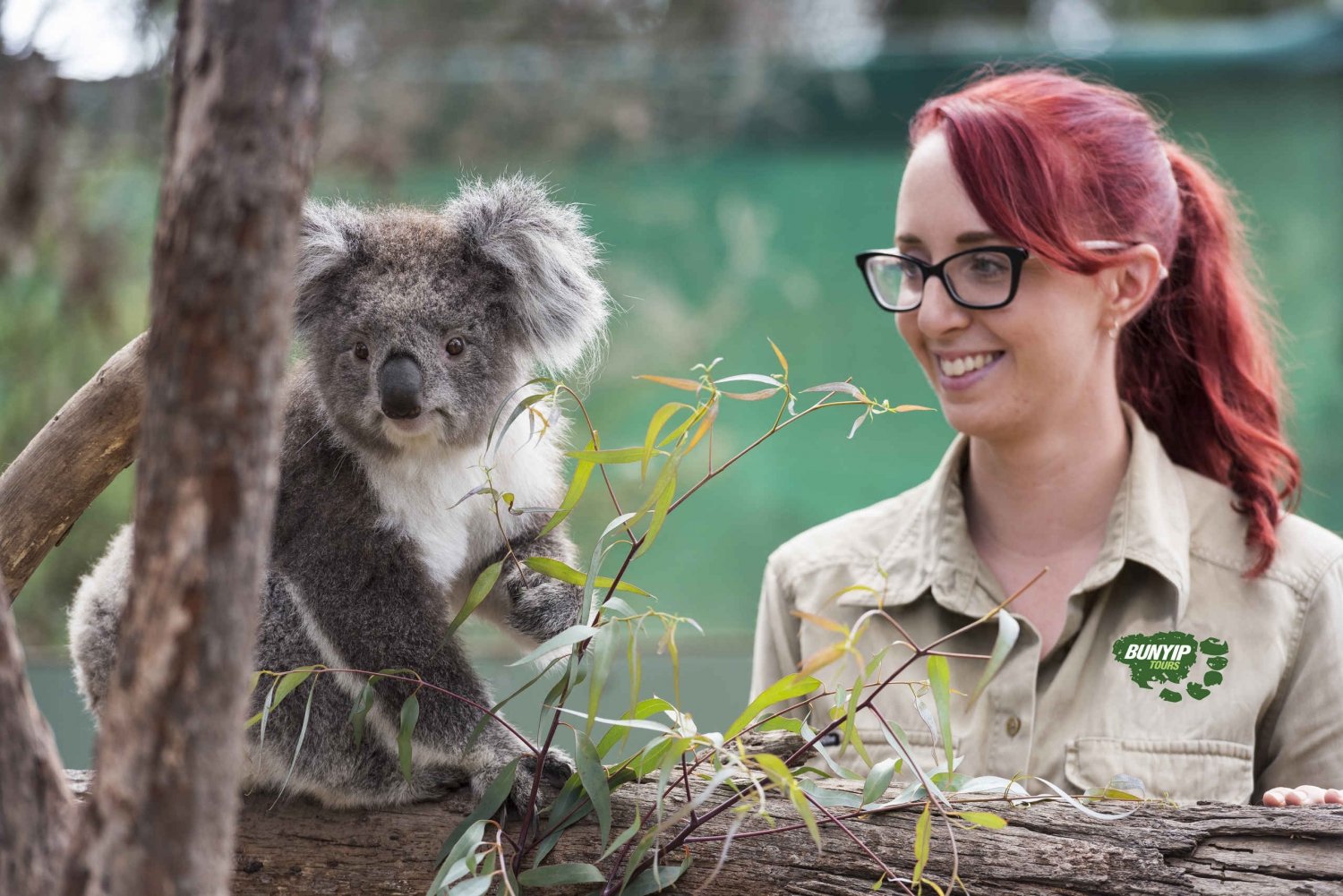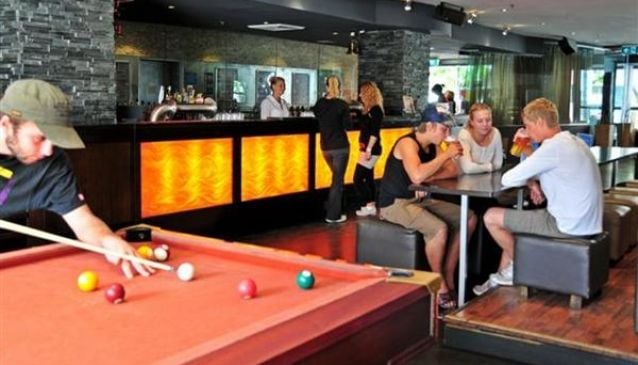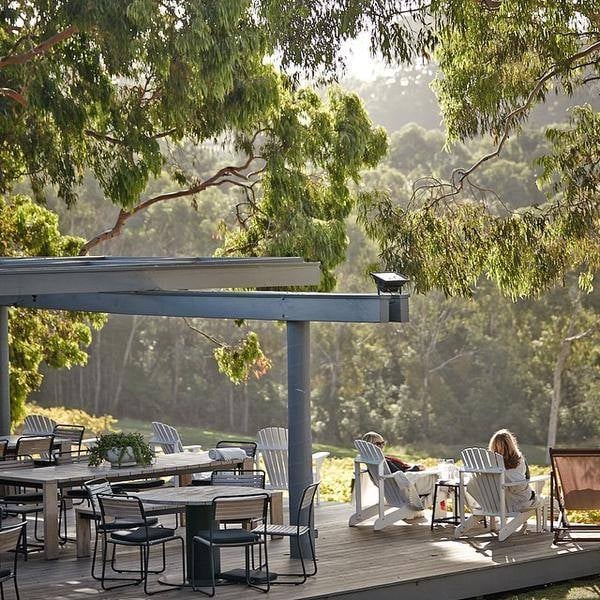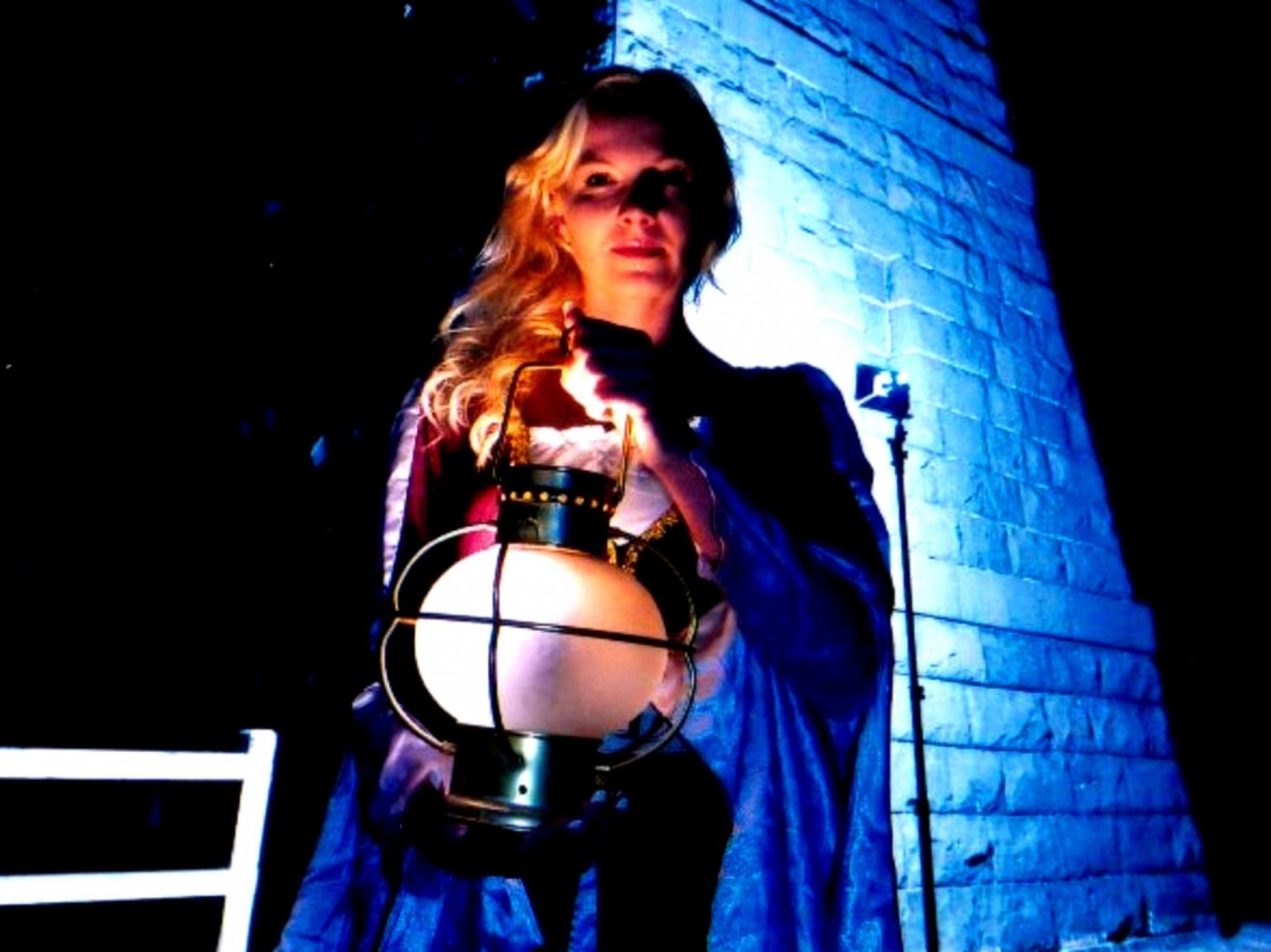Australian Cuisine
Australian food is a varied menu! There is always something new and exciting to try while you are here.
'Bush tucker' is the traditional diet of the Indigenous Australians who hunted and gathered around the country before colinisation. In the 18th century, when the British settled in Australia, they brought with them the taste of home. Familiar dishes such as roast beef, lamb and stews. In the gold rush days, a multicultural immigration program further influenced the cuisine of Australia with the introductoin of South East Asian and Mediterranean migrants.
Today the diet of Australians is anything but typical! The British traditions still live on for many Australians, but the modernisation of the country has brought with it the globalisation of cuisine. Melbourne has a thriving restaurant trade that allows people to taste the world in one city. Foodies flock to Melbourne to try modern Australian food such as a revival of bush tucker meals including kangaroo and crocodile Yes we eat both.
Traditionally Australians love a good barbeque. Barbecue stalls selling sausages and fried onion on white bread with tomato or barbecue sauce, are common fund raisers for schools or community groups. These stalls are called 'sausage sizzles'.
Other foods that have stood the test of time and become beloved symbols of Australia are:
They are traditional biscuits (cookies) that date back to WWI. They were made and sent to troops overseas as they had a long shelf-life eaten and could be eaten as a substitute for bread. Unlike bread, though, the biscuits are very, very hard. Some soldiers preferred to grind them up and eat them as porridge.
Nowadays Anzac Biscuits are enjoyed on their own or with a cup of tea.
INGREDIENTS
- 1 cup plain flour
- 1 cup rolled oats
- 1 cup brown sugar
- ½ cup coconut
- 125 g butter
- 2 tablespoons golden syrup
- 1 tablespoon water
- ½ teaspoon bicarbonate of soda
METHOD
- Sift the flour into a bowl. Add the sugar, rolled oats and coconut.
- Melt the butter in a saucepan and add the golden syrup and water.
- Stir the bicarbonate of soda into the liquid mixture.
- Add the liquid to the dry ingredients and mix thoroughly.
- Place walnut-sized balls of mixture on a greased tray and bake at 175°C for 15-20 minutes.
- Biscuits will harden when cool.
Vegemite on Toast
Vegemite is a dark coloured spread made from yeast extract. It is typically served on buttered toast but is also enjoyed on crumpets and sandwiches. It is best served thinly spread on the toast, not too thick. This is a much-loved item that is usually taken by many Australians in tubes when they travel overseas.
Meat Pies
Meat pies are known around the world, but Australia has it's own version. It is usually hand sized and made of a full shell of pastry filled with diced or mined meat and gravy. Variations include mushrooms, chicken, cheese and vegetables. There are sold mainly as 'take away food' and are typically enjoyed with tomato sauce (ketchup) and can be bought from any corner shop or milk bar. Most cafes or lunch restaurants will also include a meat pie on the menu.
Four'n'Twenty is a brand iconic with meat pies and they are associated with Australian Rules Football and sold at all AFL matches.
Tim Tams
Tim Tams are biscuits (cookies) made by Arnott's. They are chocolate biscuits composed of two chocolate malted biscuits that are stuck together with a chocolate cream filling and coated in a layer of textured chocolate. According to Arnott's, Australians eat a lot of Tim Tams per year - roughly around 35 million packets are sold, on average that is 1.7 packs per Aussie!
Tim Tams are now released in a variety of flavours such as dark chocolate, double coated and caramel.
Lamingtons
Sold at cafes and bakeries, lamingtons are squares of sponge cake covered in chocolate icing and desiccated coconut. It is also typically filled with a strawberry jam and/or whipped cream. You can also buy lamingtons that are not filled. Both types are enjoyed by Australians, so much so that Friday 21st of July 2006 was designated as National Lamington Day in Australia.
INGREDIENTS
- Melted butter, to grease
- 75g (1/2 cup) self-raising flour
- 75g (1/2 cup) plain flour
- 70g (1/2 cup) cornflour
- 6 x 59g eggs, at room temperature
- 215g (1 cup) caster sugar
- 1 tablespoon boiling water
- 170g (2 cups) desiccated coconut
Chocolate icing
- 300g (2 cups) icing sugar mixture
- 35g (1/3 cup) cocoa powder
- 60ml (1/4 cup) milk
- 60ml (1/4 cup) boiling water
METHOD
- Preheat oven to 160°C. Brush a 19 x 29cm (base measurement) lamington pan with melted butter to lightly grease. Line the base and sides with non-stick baking paper, allowing it to overhang slightly.
- Sift the combined flours together into a large bowl. Repeat twice.
- Use an electric beater to whisk the eggs in a large clean, dry bowl until thick and pale. Gradually add the sugar 1 tablespoon at a time, whisking well after each addition until mixture is thick and the sugar dissolved.
- Sift the combined flours over the egg mixture. Pour the boiling water down the side of the bowl. Use a large metal spoon to gently fold until just combined. Pour mixture into the prepared pan and use the back of a spoon to smooth the surface. Bake in oven for 20 minutes or until a skewer inserted into the centre comes out clean. Turn cake onto a wire rack, cover with a clean tea towel and set aside overnight to cool.
- Trim the edges of the cake and cut into 15 squares. Spread the coconut over a plate.
- To make the chocolate icing, sift the icing sugar and cocoa powder into a medium bowl. Add the milk and water and stir until smooth.
- Use 2 forks to dip 1 cake square into the warm icing to evenly coat. Allow any excess icing to drip off. Use your fingers to roll the cake in the coconut to evenly coat then place on a wire rack. Repeat with the remaining cake squares, icing and coconut. Set aside for 1 hour or until icing sets.
Damper
Damper is soda bread that was mainly produced by swagmen, drovers and other travellers. The bread is traditionally baked in coals on a campire. Nowadays damper can be bought at bakeries and enjoyed with jam, butter or honey. Tast.com.au
Image Courtesy: Getty Images/Tourism Victoria



